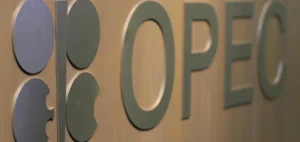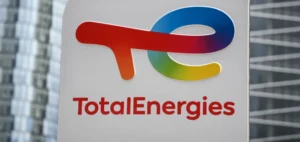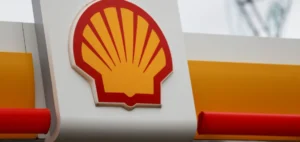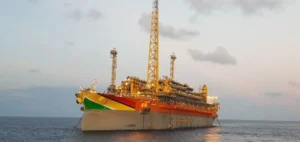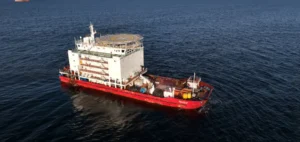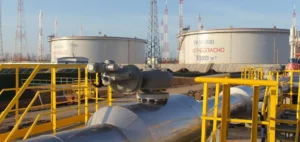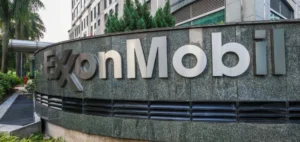ESPO Blend, a crude oil of Russian origin extracted from the Far East, is experiencing a significant rise in price, reaching a premium over Brent for the first time since November 2023.
This increase is directly linked to a recovery in demand from Chinese refineries. Cargoes destined for China in November are now trading at a premium of between $0.20 and $0.50 per barrel, depending on the terms of the agreement and delivery dates, according to several market sources.
The increase comes after a period when ESPO Blend was sold at a discount, facilitating purchases by Indian refiners.
The main attraction of ESPO Blend for Chinese refiners lies in its geographical proximity, which reduces transport costs, and its composition, which is suited to the production of petroleum products in demand in Asia.
However, recent market fluctuations, marked by sluggish Chinese demand in the middle of the year, had enabled India to temporarily fill the gap, increasing its purchases.
This change in situation shows just how sensitive the Asian oil market is to adjustments in demand from the main regional players.
Chinese refineries: key players in demand
Chinese refineries, especially the independent “teapots”, are major buyers of ESPO Blend, attracted by its quality and low logistics costs.
The return of Chinese demand has been amplified by the entry into production of new capacities.
For example, Yulong Petrochemical, a recently commissioned private refinery, launched a new 200,000-barrel-per-day processing unit in September 2024.
Even before its start-up, the company had already built up significant stocks of Russian oil, helping to keep pressure on prices.
China’s major oil companies are also increasing their purchases.
Unipec, Sinopec’s trading arm, has secured around 10 cargoes of ESPO Blend for delivery in October, according to a trading source based in Shandong province.
This sustained demand from the big players in the Chinese market leaves fewer opportunities for smaller, independent refineries, which are struggling to keep up with the pace imposed by these industry giants.
Logistics costs at the heart of transactions
Low transportation costs remain a key factor in Chinese refineries’ interest in ESPO Blend.
Freight for a trip to China remains competitive, costing around $1.35 million in September 2024, according to data from Simpson Spence Young.
This logistical economy makes ESPO Blend particularly attractive to refineries, especially as global energy costs remain volatile.
On the other hand, Indian refineries, which took advantage of the summer price drop to increase their purchases, are no longer prepared to pay current prices.
The additional cost of transport to India, combined with the premium charged for ESPO Blend, makes this oil less attractive to Indian refiners, who are now looking for alternatives from West Africa.
India, which has been one of the main importers of Russian oil since the introduction of international sanctions against Moscow, thus favors other grades of crude, notably Urals, which is richer in diesel.
A dynamic, constantly evolving market
The recent upturn in Chinese demand for ESPO Blend demonstrates how quickly market dynamics can change, influenced by the supply strategies of major players.
China, with its growing appetite for crude oil, continues to dictate regional trends, forcing other importing countries to adapt to these developments.
India, although a major consumer of Russian crude, is now having to adjust its supply strategies in the face of less favorable market conditions.
The ramp-up of new refining capacity in China, combined with stable logistics costs, should keep demand for ESPO Blend at high levels in the months ahead.
However, market players will be keeping a close eye on price trends, as any further fluctuations could once again reshuffle the cards in the Asian oil industry.





